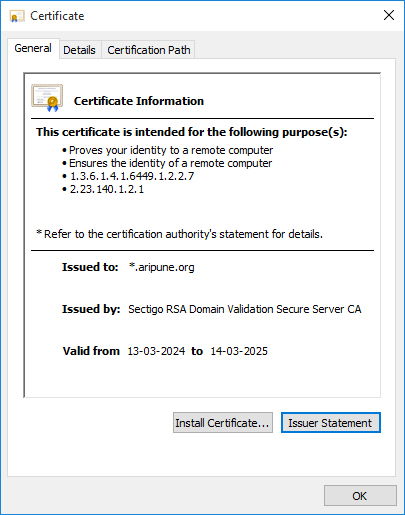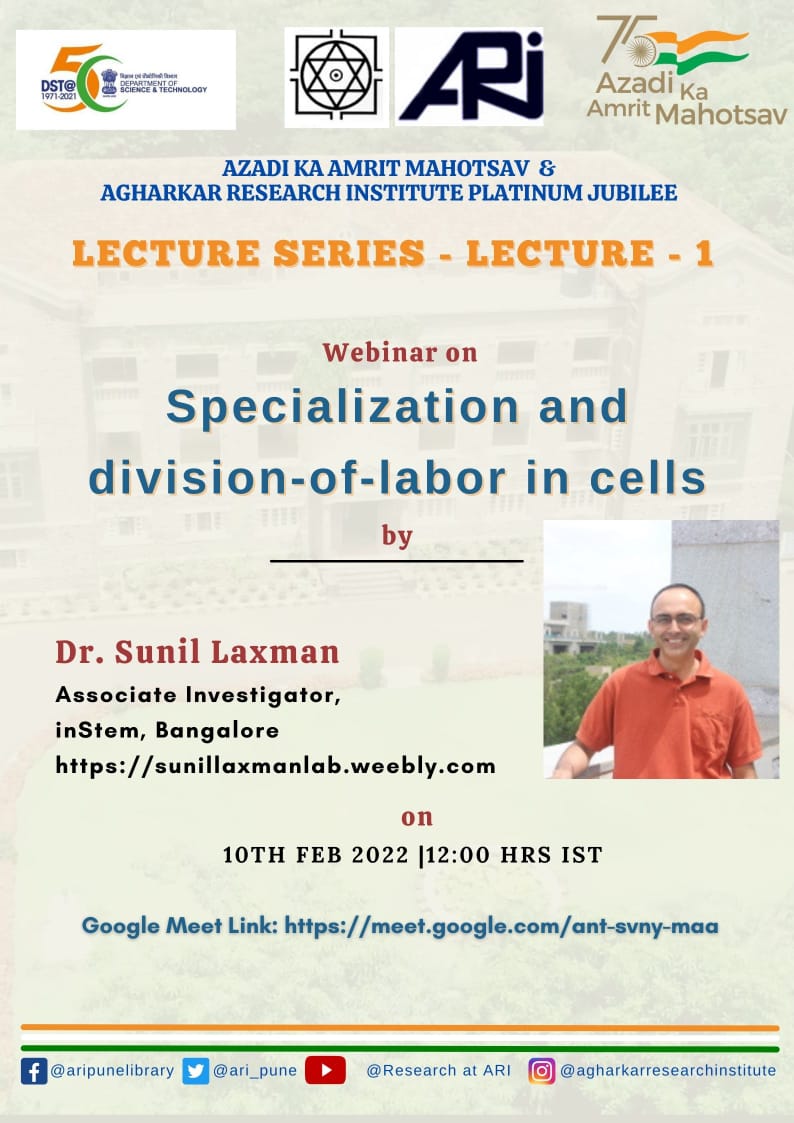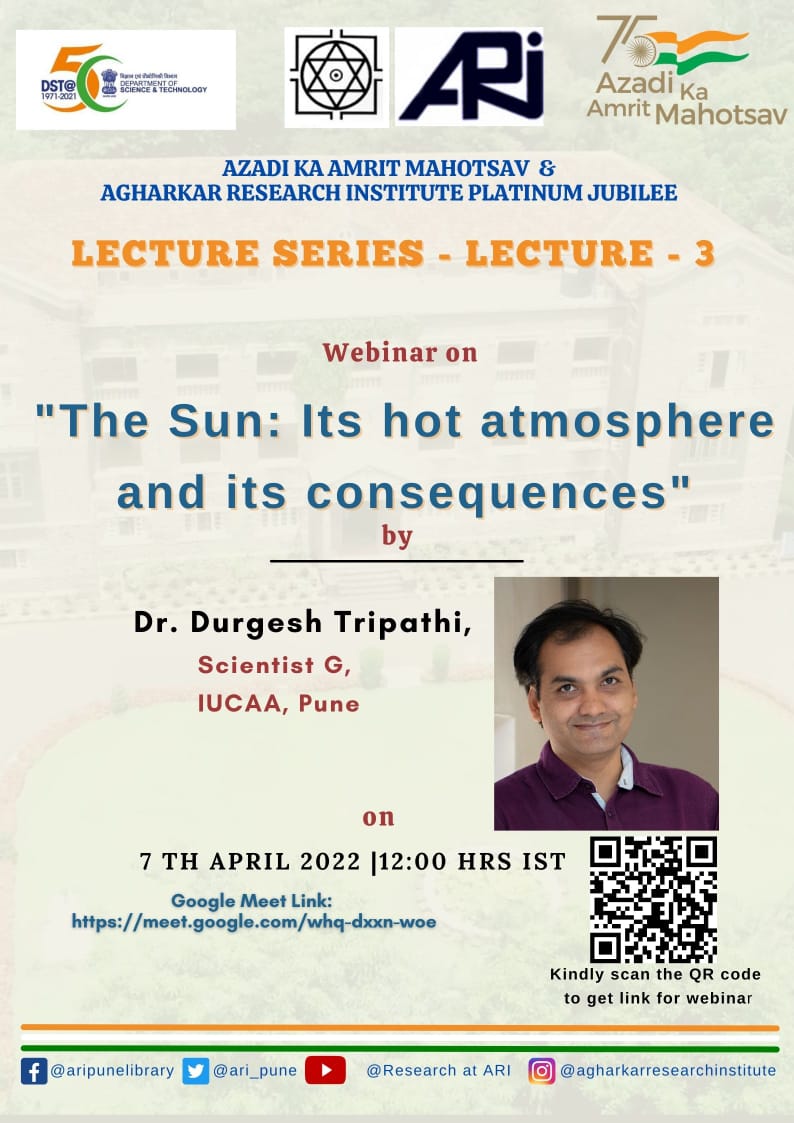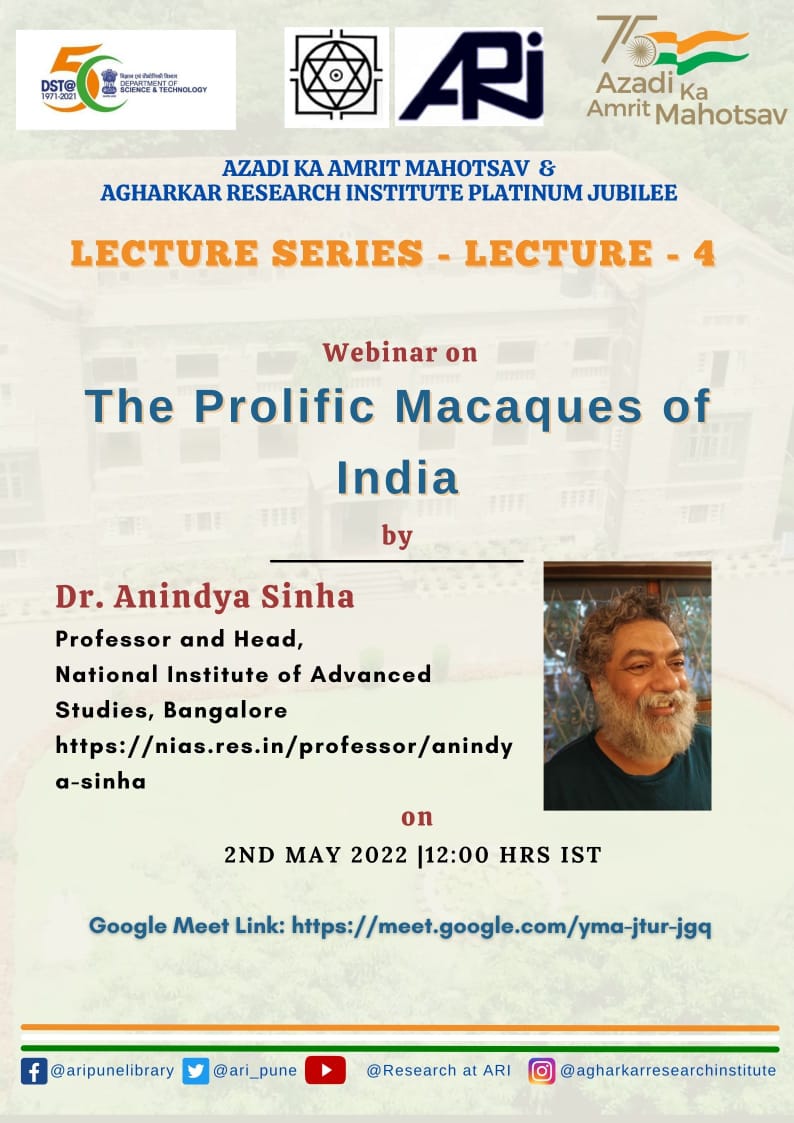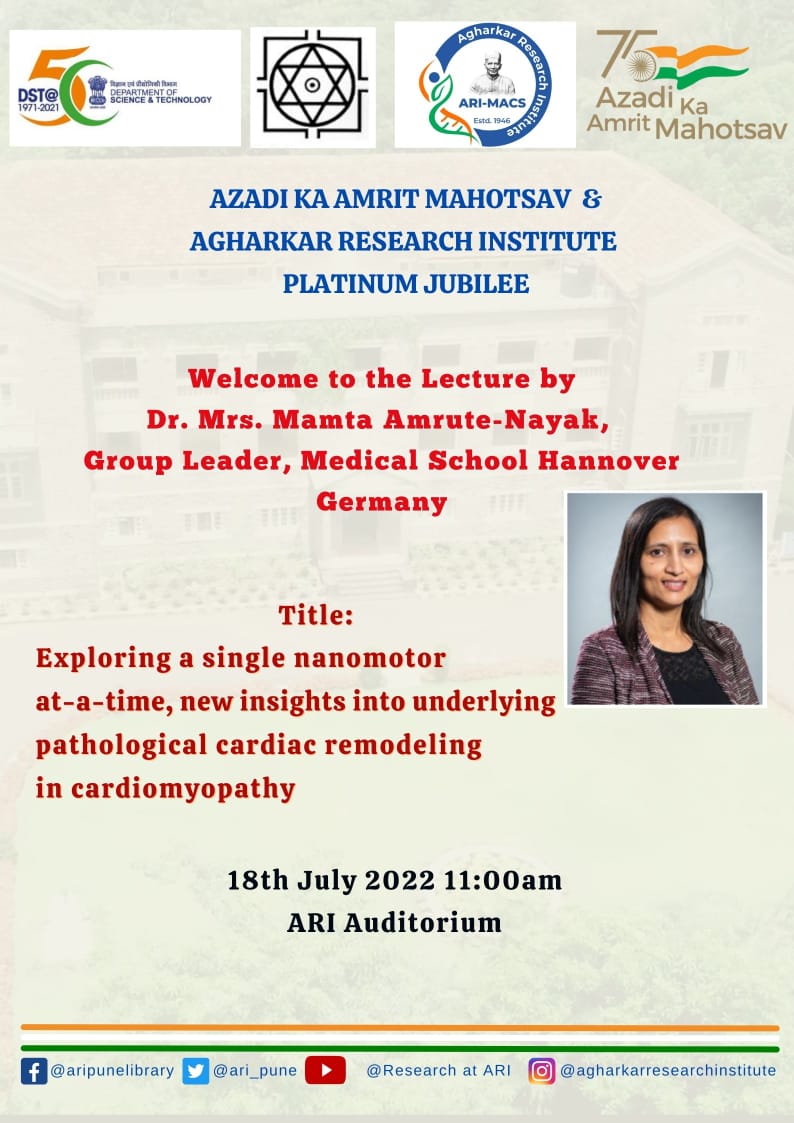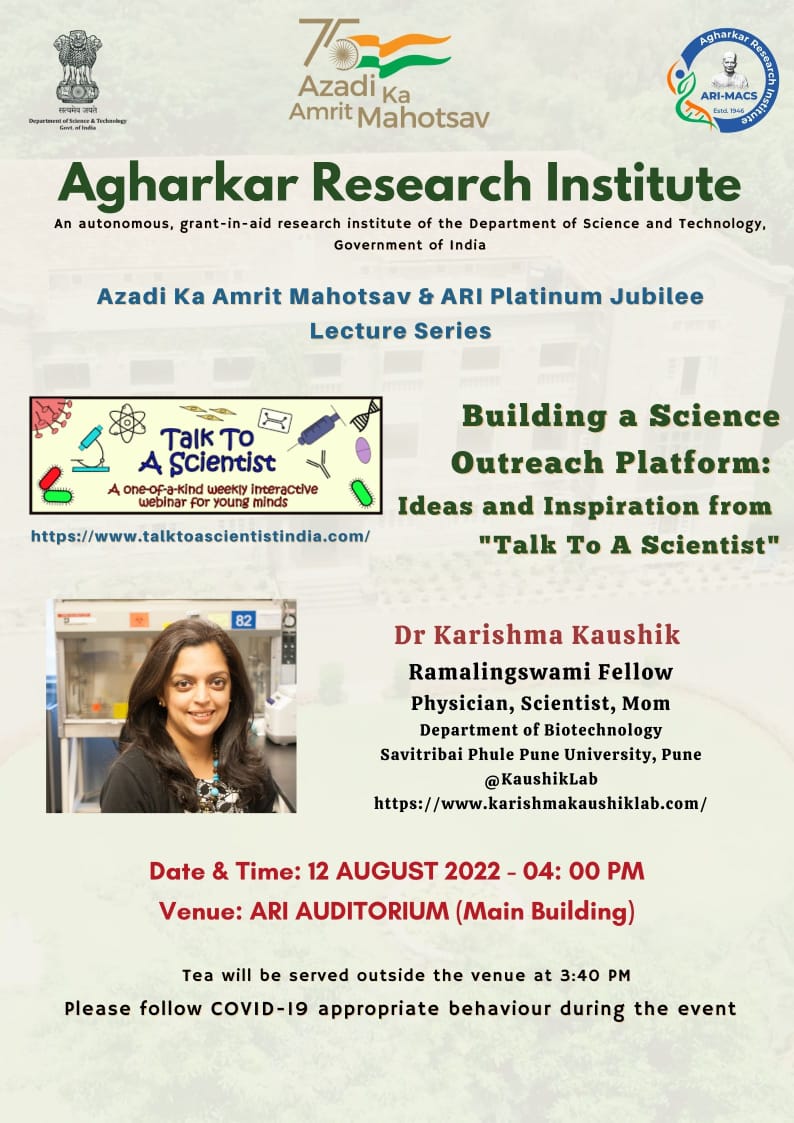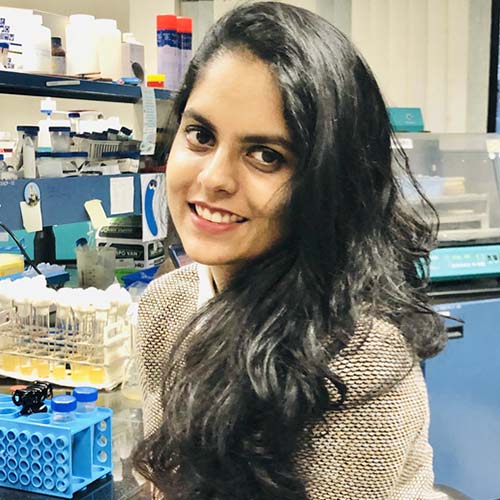
Designation : PhD student (UGC-SRF)
Brief Background :
I hail from Goa; an alumnus of the Microbiology department of St. Xavier’s College, Mapusa. I obtained myMaster’s degree in Microbiology, from Savitribai Phule Pune University.I worked as a project JRF for a brief period (2016-2017) under a DST sponsored project entitled “Identification and characterization of kinetochore proteins ofdevasting plant fungal pathogen Colletotrichumgraminicola and their application incharacterizing the centromeres in genome-wide analysis”, at ARI-Pune.I have been a part of NFCCI’s Molecular Phylogeny Laboratory since 2016. I have been working on yeasts: diversity, taxonomy and phylogeny since2018.
Contact Details :
-
B.Sc. in Microbiology: 2011-2014(St. Xavier’s College, Mapusa, Goa)
-
M.Sc. in Microbiology: 2014-2016 (Savitribai Phule Pune University)
-
GATE qualified (2016)
- Joint CSIR-UGC NET-JRF qualified (2017)
I am currently working on the diversity, taxonomy, phylogeny & biotechnological potential of termite-gut associated yeasts of the Western Ghats.Yeast diversity remains widely unexplored, especially in mega biodiversity regions like India. Apart from being a model organism, yeasts are popular microbes inbiorefineries owing to their ability to synthesize biotechnologically relevant products like ethanol and valuable enzymes. We are exploring the gut of a xylophagous insect, termite, for diverse yeasts which have the potential to produce ethanol and valuable enzymes like xylanase and/or cellulases.Termites are sampled from different regions of the Western Ghats to isolate yeasts which are further identified and characterized based on morphology and biochemical traits. We also carry out phylogenetic analysis of the yeasts.
The yeasts associated with gut of termites may have the ability to produce enzyme complexes, which assist it in degradation and assimilation of lignocellulosic biomass. This trait of yeasts is desirable in biorefinery industries for production of second generation ethanol and also value-added enzymes. Therefore, we intend to isolate and characterize yeasts from the guts of wood-feeding termites and assess them for any potential to produce ethanol or other industrially significant enzymes.
1)Tiwari, S., Avchar, R., Arora, R., Lanjekar, V., Dhakephalkar, P.K., Dagar, S.S. and Baghela, A. (2020). Xylanolytic and Ethanologenic Potential of Gut Associated Yeasts from Different Species of Termites from India. Mycobiology, pp.1-11.
2) Tiwari, S., & Baghela, A. (2020). Challenges and prospects of xylitol production by conventional and non-conventional yeasts. In New and Future Developments in Microbial Biotechnology and Bioengineering, pp. 211-222. Elsevier.
3)Jadhav, R., Tiwari, S., Avchar, R., Groenewald, M., & Baghela, A. (2020). Suhomyces drosophilae sp. nov., isolated from Drosophila flies feeding on a stinkhorn mushroom. International Journal of Systematic and Evolutionary Microbiology, 70(9), 4908-4913.
4) Chhetri, D. R., Chhetri, A., Shahi, N., Tiwari, S., Karna,
S. K. L., Lama, D., & Pokharel, Y. R. (2020). Isaria tenuipes Peck, an entomopathogenic fungus from Darjeeling Himalaya: Evaluation of in-vitro antiproliferative and antioxidant potential of its mycelium extract. BMC Complementary Medicine and Therapies, 20(1), 1-14.



